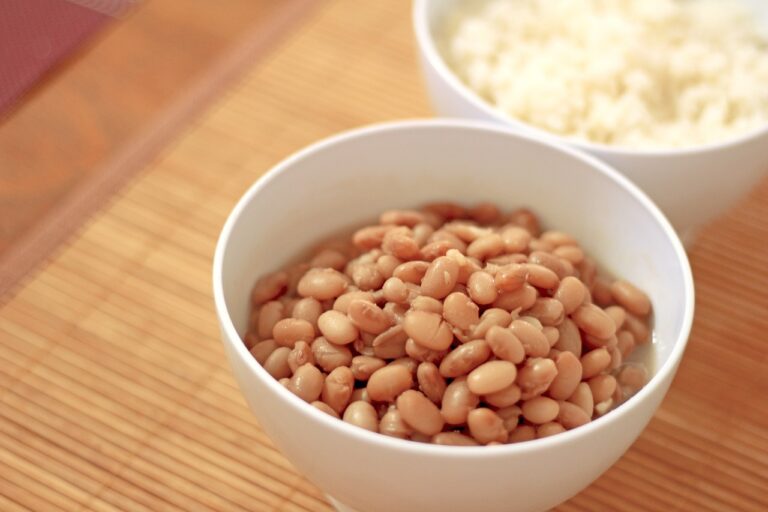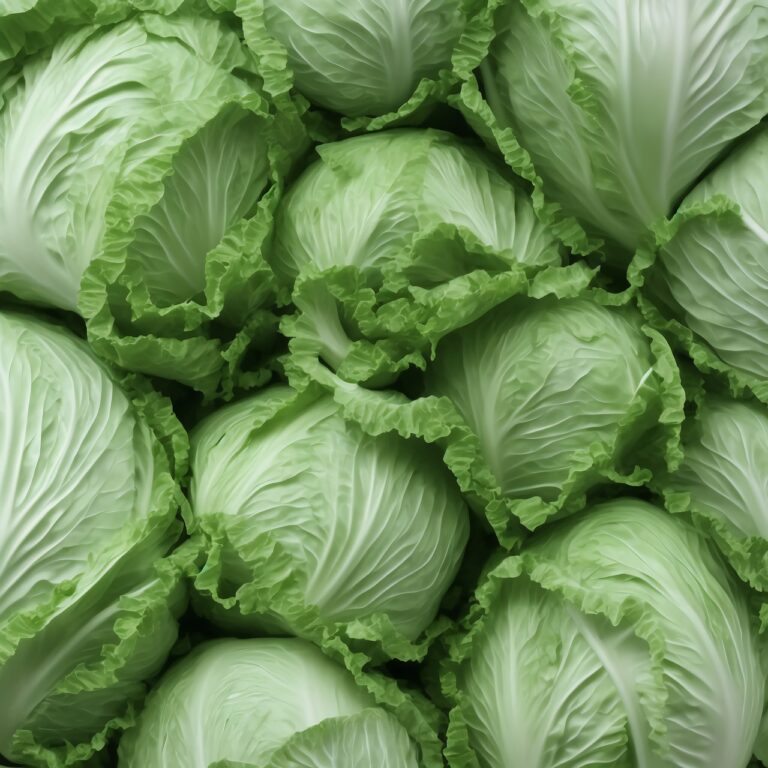Food Industry and IoT Applications in Food Safety
In the realm of food processing, IoT technology is revolutionizing the way tasks are executed. By integrating sensors and devices into various stages of production, companies are enhancing efficiency and ensuring quality control. This technology allows for real-time monitoring of equipment performance, streamlining operations, and reducing downtime significantly.
Moreover, IoT technology enables data collection and analysis to pinpoint areas for improvement in the food processing chain. By harnessing the power of data-driven insights, processors can optimize processes, minimize waste, and boost overall productivity. Integrating IoT technology into food processing not only enhances operational efficiency but also provides a competitive edge in the rapidly evolving industry landscape.
Monitoring Temperature and Humidity Levels in Food Storage
Temperature and humidity play vital roles in maintaining the quality and safety of food products during storage. Proper monitoring of these factors is essential to prevent spoilage, bacterial growth, and chemical reactions that can affect the integrity of the food.
In food storage facilities, IoT technology offers real-time monitoring of temperature and humidity levels, allowing for immediate corrective actions if any deviations are detected. This proactive approach not only ensures the freshness of the products but also helps in compliance with food safety regulations and standards.
Ensuring Traceability of Food Products using IoT
Traceability within the food industry is crucial for maintaining quality, safety, and compliance throughout the supply chain. With the integration of IoT technology, food producers can now ensure real-time monitoring and data collection, tracking the movement of products from farm to table. By leveraging IoT devices such as sensors and RFID tags, valuable information such as production dates, storage conditions, and shipping routes can be easily accessed and shared across the network.
One of the key benefits of implementing IoT for traceability is the ability to swiftly pinpoint and address any issues or discrepancies that may arise during transportation or storage. By having a detailed digital record of a product’s journey, stakeholders can quickly identify the source of a problem, whether it be a quality control issue, a breach in food safety standards, or a breakdown in the cold chain. This enables prompt corrective actions to be taken, safeguarding consumer health and bolstering trust in the food supply chain.
• IoT technology allows for real-time monitoring and data collection
• Sensors and RFID tags provide valuable information on production dates, storage conditions, and shipping routes
• Swiftly pinpoint and address issues or discrepancies during transportation or storage
• Detailed digital record of product journey helps identify the source of problems
• Prompt corrective actions can be taken to safeguard consumer health
How does IoT technology benefit food processing?
IoT technology helps in monitoring and controlling various aspects of food processing such as temperature, humidity, and packaging conditions, ensuring the quality and safety of the food products.
How does IoT help in monitoring temperature and humidity levels in food storage?
IoT devices equipped with sensors can continuously monitor temperature and humidity levels in food storage facilities and send real-time alerts in case of any deviations from the optimal conditions.
How does IoT ensure traceability of food products?
By using IoT devices such as RFID tags and sensors, food products can be tracked throughout the supply chain, from production to distribution, ensuring transparency and traceability for consumers.
Can IoT technology help in preventing food spoilage?
Yes, IoT technology can help in preventing food spoilage by monitoring various factors such as temperature, humidity, and storage conditions, and alerting the stakeholders in case of any potential risks to the food products.
What are the key benefits of using IoT in the food industry?
Some key benefits of using IoT in the food industry include improved food safety, enhanced quality control, increased efficiency in food processing and distribution, and better traceability of food products for both consumers and regulatory authorities.







